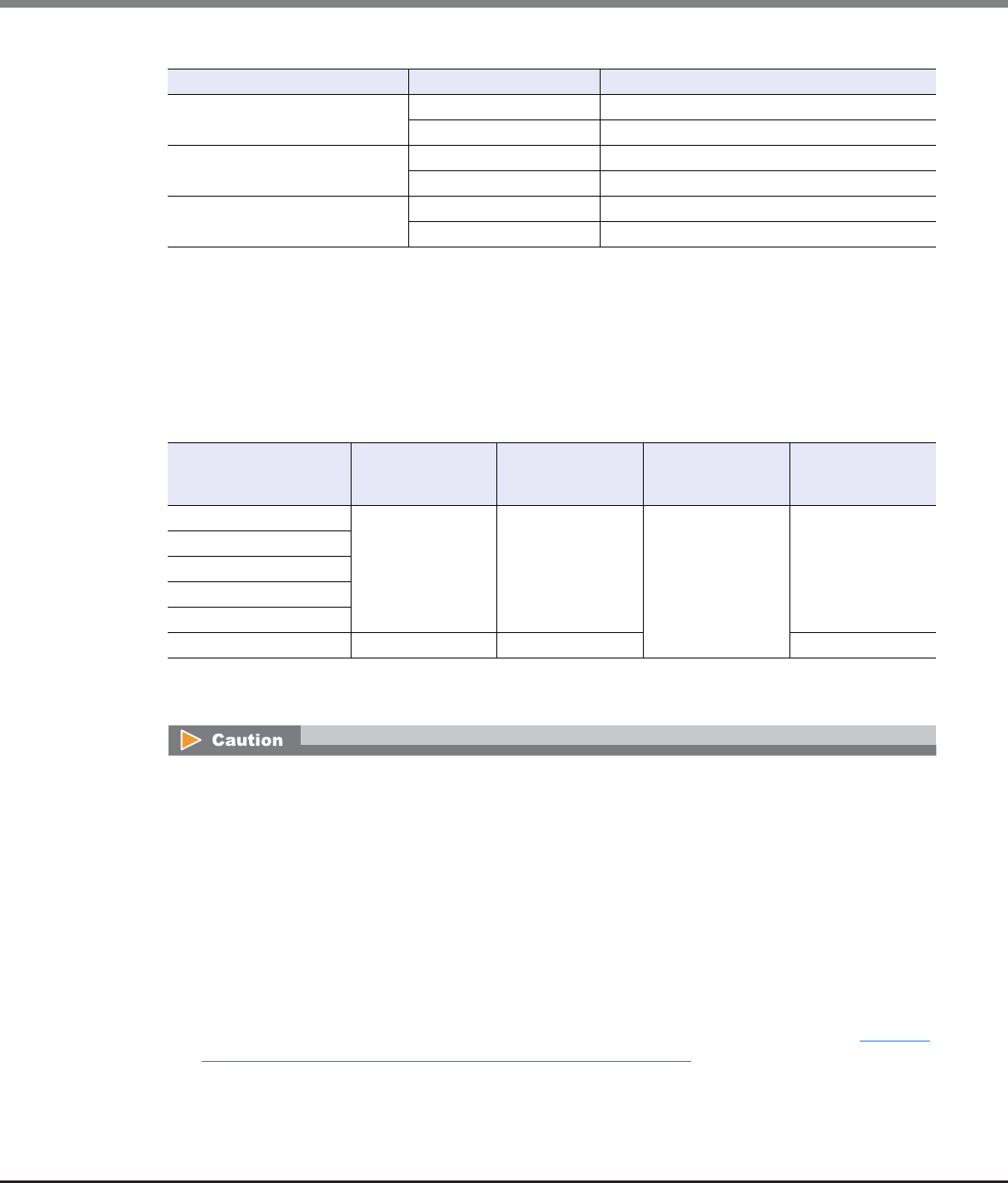
Chapter 9 Connectivity Management
9.2 Functions in the Action Area for Connectivity
ETERNUS Web GUI User’s Guide
Copyright 2013 FUJITSU LIMITED P2X0-1090-10ENZ0
448
The following table shows the host response after new hosts are added.
9.2.2.2 Add iSCSI Host Group
This function creates a new iSCSI host group and registers which hosts are members of this group.
An iSCSI host group uses iSCSI as the interface type, and groups the hosts (HBAs), which access the same LUN
group. This function configures Host Affinity settings for each iSCSI host group.
The number of host groups and hosts that can be registered
*1: The total number of host groups irrespective of the interface types.
*2: The total number of hosts irrespective of the interface types.
Host group (Host response) Member host Host response that is allocated to the host
Host_G1 (HR_1)
Host-1 HR_1
Host-2 HR_1
Host_G2 (HR_1)
Host-2 HR_1
Host-3 HR_1
Host_G3 (HR_1)
Host-3 HR_1
Host-4 HR_1
Model Number of host
groups (*1) per
storage system
Number of hosts
(HBAs) (*2) per
storage system
Number of hosts
(HBAs) per
CA port
Number of hosts
(HBAs) per
host group
ETERNUS DX80 S2 128 1024 256 8
ETERNUS DX90 S2
ETERNUS DX410 S2
ETERNUS DX440 S2
ETERNUS DX8100 S2
ETERNUS DX8700 S2 512 8192 64
• Registration of the host is necessary to create a host group. Create a new host group when registering a
host with GUI by using this function.
• A host can be a member of several host groups. However, only one LUN group can be allocated to host
and port combinations when configuring host affinity.
• To assign an appropriate host response to a created host group, refer to "User's Guide -Server Connection-
" for each OS type. The host response configures the operation mode that is appropriate for the host.
If an appropriate host response is not configured to the host group, the path may not be switched
correctly or the volume may not be recognized correctly.
• The host response that is specified for a host group is applied all the member hosts in the target group.
When a host belongs to multiple host groups, the same host response must be applied for all the groups
to which the target host belongs. When a host that already belongs to an existing host group is added to
a newly created host group, the host response of the new host group is applied to the host. The host
response of the existing host group to which the target host belongs is also changed. Refer to "Example
of changing the host response when adding a host group" (page 447) for details.


















